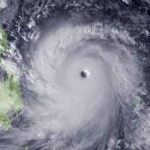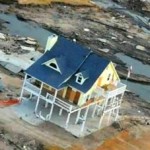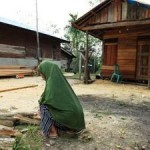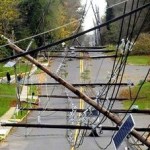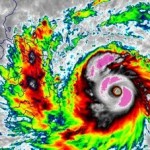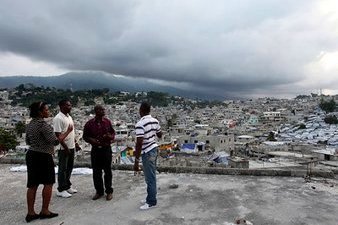 Geneva, Switzerland – Countries need to invest in well-equipped and fully staffed meteorological and hydrological agencies in order to better prepare for natural hazards, which could save an average of 23,000 lives a year and provide up to $ 30 billion a year in economic benefits, according to a new World Bank Group report.
Geneva, Switzerland – Countries need to invest in well-equipped and fully staffed meteorological and hydrological agencies in order to better prepare for natural hazards, which could save an average of 23,000 lives a year and provide up to $ 30 billion a year in economic benefits, according to a new World Bank Group report.
“There is a lot we can – and must – do to reduce the impact of disasters,” said Rachel Kyte, the World Bank’s Vice President for Sustainable Development. “We know, for example, that every dollar we spend on early warning saves up to $ 35 in disaster response. As the intensity and frequency of extreme weather increase as a result of climate change, we have to shift our focus to prevention and preparedness.”
“Weather and Climate Resilience: Effective Preparedness through National Meteorological and Hydrological Services” urges countries to modernize their national meteorological and hydrological agencies, also known as NMHSs, so that they can strengthen their capacity to provide early warnings of extreme weather events such as tropical storms, floods and droughts. The report was jointly launched by the Global Facility for Disaster Reduction and Recovery (GFDRR) – a World Bank-managed multi-partner initiative – and the World Meteorological Organization (WMO).
“Weather hazards, already a present reality, are likely to become more extreme as a consequence of a rapidly warming planet. Investment in strengthening national meteorological and hydrological agencies is, therefore, urgently needed to reduce the impact of weather-related disasters,” said Francis Ghesquiere, Head, GFDRR Secretariat and Manager, Disaster Risk Management Practice, World Bank. “Although costs for modernizing and sustaining these services are not negligible, it’s well worth the investment in terms of lives saves and economic losses averted.”
Weather and Climate Resilience highlights recent World Bank Group experience and offers guidance on good practices to help modernization efforts. The synthesis of the experiences of the World Bank, GFDRR, WMO, and other development partners will increase awareness of the role of WMO and NMHSs in improving national economic performance and supporting sustainable development.
“In many areas of the world, National Meteorological and Hydrological Services lack the necessary capacity and resources, and sometimes even the political recognition, they need to deliver on their critical tasks of protecting lives and livelihoods. Our global system for monitoring weather and climate is suffering as a result,” said Michel Jarraud, World Meteorological Organization Secretary-General. “Far too many lives were lost because of Typhoon Haiyan (Yolanda). But without the regular and accurate warnings issued by meteorological services in the Philippines and Viet Nam, the death toll would have been even higher,” he said.
Coordinated by WMO, NMHSs form a global network that shares weather and climate observations and forecasts that are vital for identifying and forecasting hazardous events. These national institutions are the backbone of government efforts to build national climate resilience. They work in close collaboration with disaster management and health agencies, the media, and economic sectors.
“The report is the clear demonstration of the importance of partnerships for delivering weather and climate services: increasing investments in modernizing hydro-meteorological services will have a significant return on our ability to address the risks and opportunities of climate change,” said Anton Eliassen, Chair, Intergovernmental Board of the Global Framework for Climate Services.
The World Bank, GFDRR, WMO and other partners will continue working together to strengthen national capacities to develop and exchange reliable, timely and accurate hydro-meteorological forecasts of extreme weather events and climate variability. Such information is critical for disaster risk management, climate adaptation and sustainable economic development.
Check the following link to read/download the Full Report:
http://issuu.com/world.bank.publications/docs/9781464800269
Source: The World Bank.

